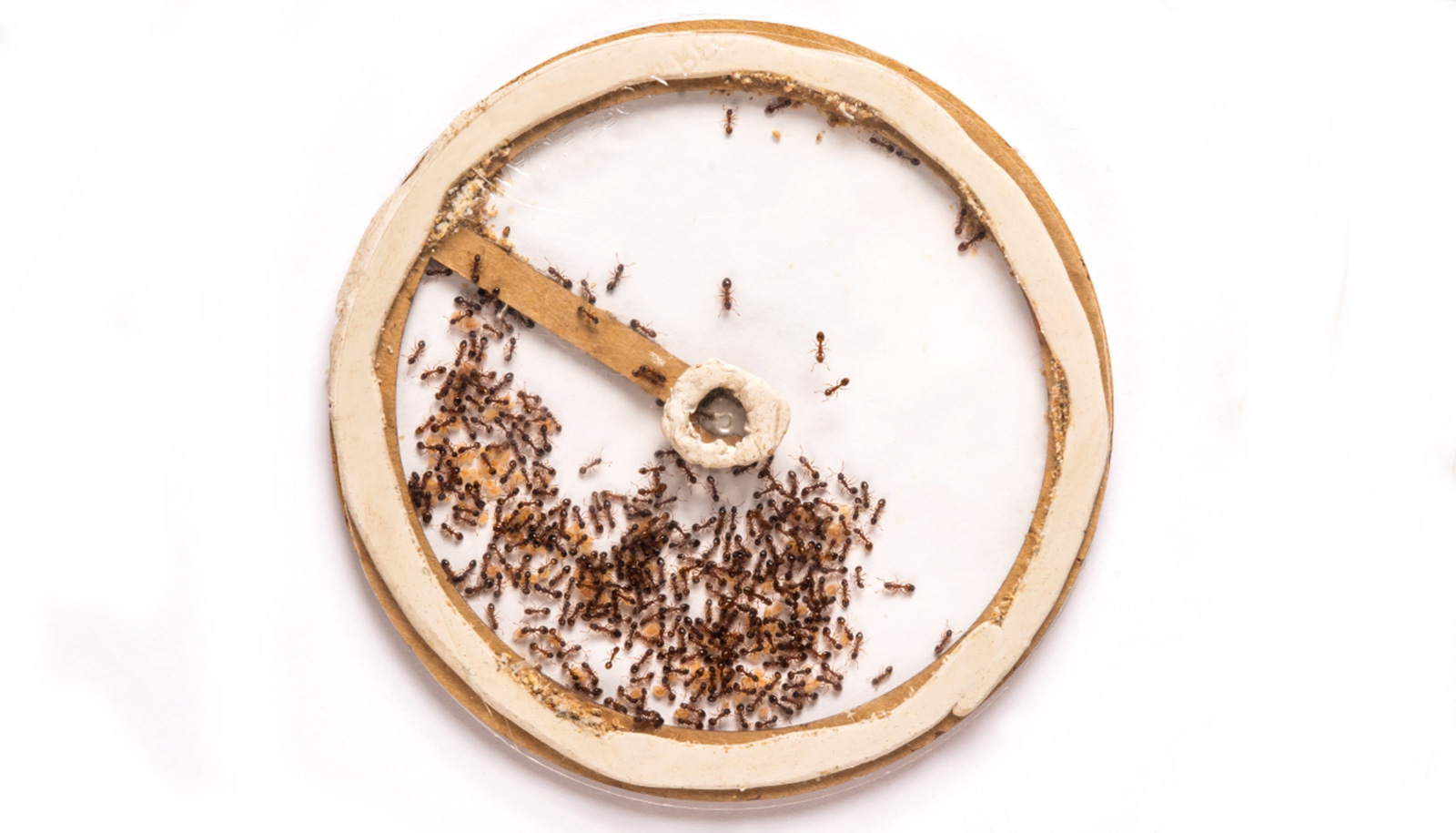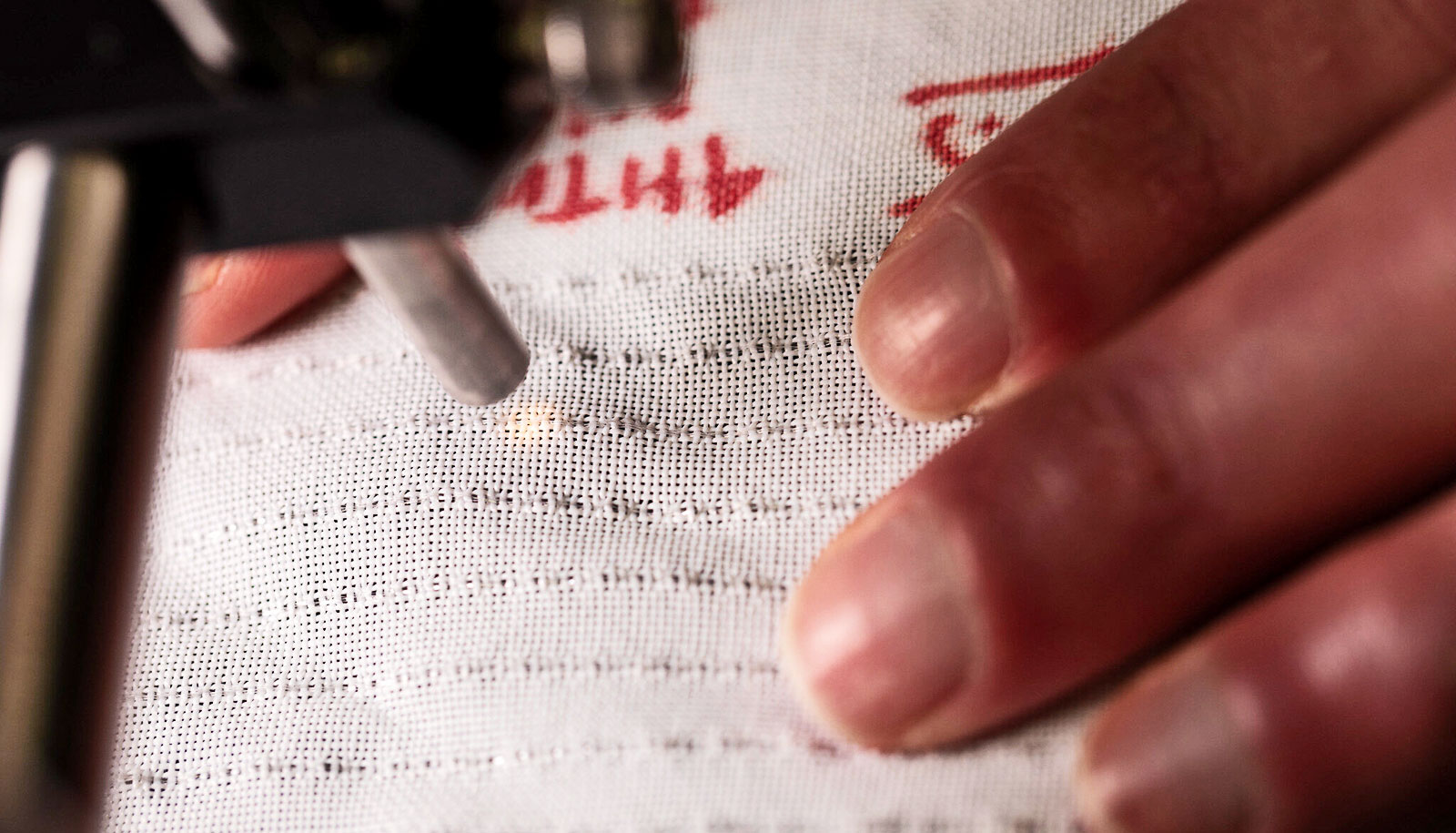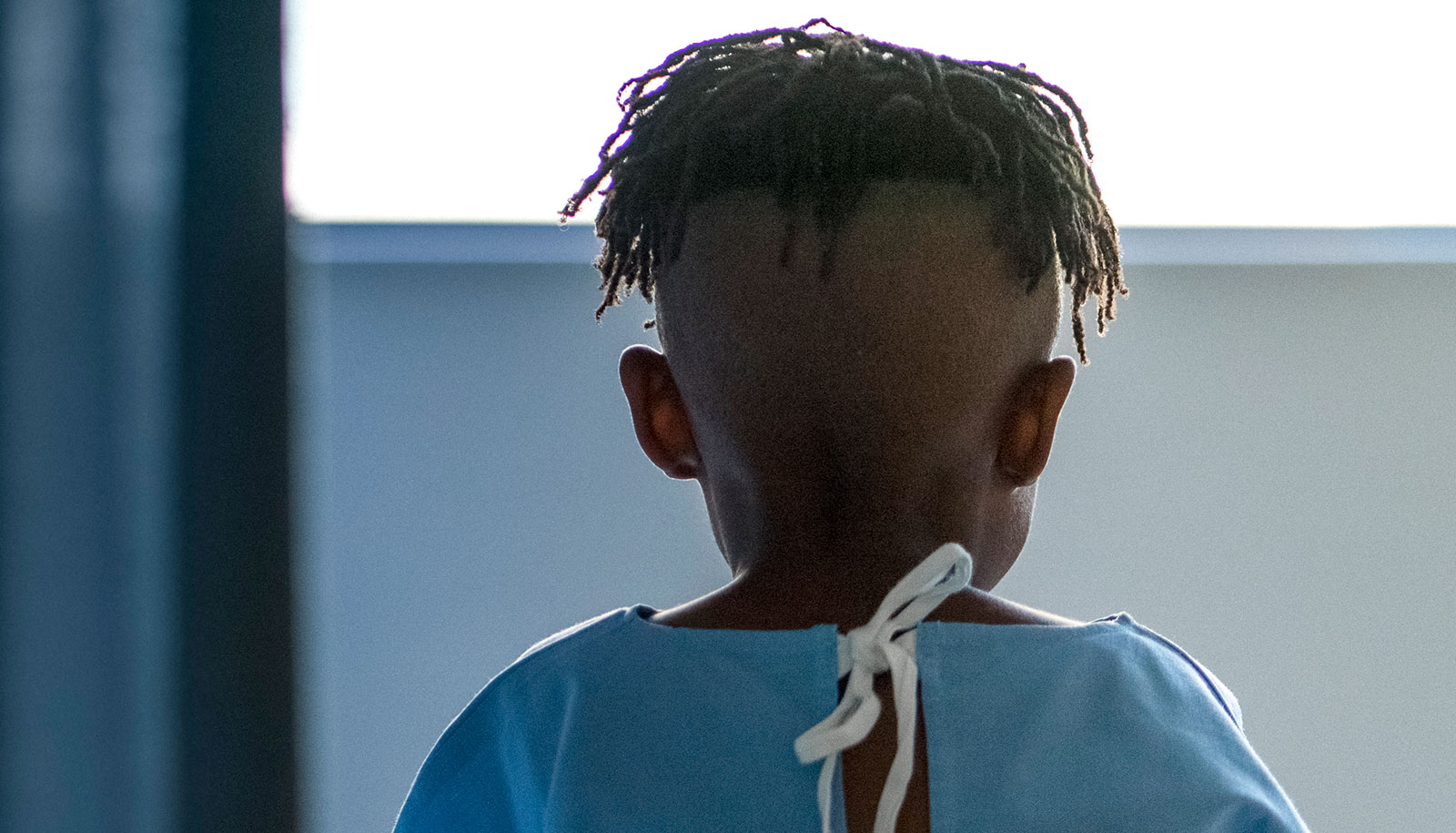People experiencing a miscarriage in states with restrictive abortion policies may be less likely to receive optimal care than those in states with supportive abortion policies.
The new study, published in the journal Women’s Health Issues, was conducted prior to the Supreme Court’s decision last June to overturn Roe v. Wade when lead author Elana Tal was a fellow at Washington University School of Medicine in St. Louis.
Tal, now a clinical assistant professor in the obstetrics and gynecology department in the Jacobs School of Medicine and Biomedical Sciences at the University at Buffalo, had concerns about how restrictive abortion policies affect care for people experiencing spontaneous pregnancy loss.
“I had a hunch that restricting abortion means less ideal care for people experiencing miscarriage,” says Tal, who focuses on complex family planning.
“Too often, when we talk about abortion the conversation becomes about the morality of ending a pregnancy and not about how restricting abortion affects reproductive health in general,” she says. “We know abortion restrictions correlate with higher rates of maternal mortality, so it follows that other aspects of health care would be affected, especially miscarriage care, which so closely mirrors abortion care. I wanted to find out if that was true.”
Spontaneous pregnancy loss, i.e. miscarriage, in the first trimester occurs in about 10% of all clinically recognized pregnancies, and 25% of all people capable of becoming pregnant will experience a miscarriage in their lifetime.
This study is among the first to explore how miscarriages are managed in light of evidence-based, patient-centered guidelines issued in recent years by the American College of Obstetricians and Gynecologists (ACOG).
Those guidelines, and the research they were based on, found that for managing early pregnancy loss, optimal care includes uterine aspiration in the physician’s office and the prescribing of both mifepristone and misoprostol, which block hormones that are necessary for pregnancy and help clear the uterus.
Because these methods are also used to terminate a pregnancy, Tal and her coauthors wanted to see if access to these methods is compromised for those experiencing a miscarriage.
The researchers found that in states with restrictive abortion policies, physicians managing early pregnancy loss were less likely than physicians in supportive states (40.8% vs. 67.5%) to offer mifepristone alone and less likely to offer both mifepristone and office uterine aspiration (33.2% vs. 51.3%). They also found, however, that there was no significant difference in the proportion offering uterine aspiration between physicians in restrictive states and those in supportive states.
In addition, physicians in restrictive states were less likely to report having received abortion training (67.3% vs. 89.6%), and less likely to report perceived institutional support for abortion care (49% vs. 85%).
“Our study is consistent with the notion that general pregnancy care suffers where abortion is restricted,” says Tal. “That would apply to routine early miscarriage, more complicated miscarriage like second trimester fetal demise, and abortion for life-threatening situations.
“Clinicians should be aware of the potential deficiencies in their ability to provide miscarriage care if they train or practice in states with restrictive laws,” she says.
In addition to surveying the impact of a state’s policies on access to reproductive care, the survey was also aimed at determining how a physician’s perception of their institution’s support for abortion care, or lack of it, might influence access to reproductive care generally.
The survey was sent to more than 1,500 members of ACOG. Respondents were deemed eligible to respond if they were an attending physician with an academic medical center who provided obstetric and/or gynecologic care and had provided early pregnancy loss care in the past year.
Eligible responses were received from 350 physicians from every region in the US, representing half of academic medicine centers.
Tal notes that the end of Roe v. Wade is expected to even more strongly affect access to care for those experiencing miscarriage.
“At the time of our study, access to abortion was constitutionally protected, and we still saw disparities in the management of miscarriage, a very common reproductive health issue,” she says. “We would expect the disparities we outlined in our study to get worse since the overturning of Roe v. Wade.
“We should recognize that people experiencing miscarriage are at risk of collateral damage from abortion restrictions. We need to actively work to destigmatize abortions, be outspoken in support for abortion care, and promote universal access to excellent miscarriage care.”
Additional coauthors are from Washington University in St. Louis School of Medicine. The Society for Family Planning Research Fund supported the work.
Source: University at Buffalo










